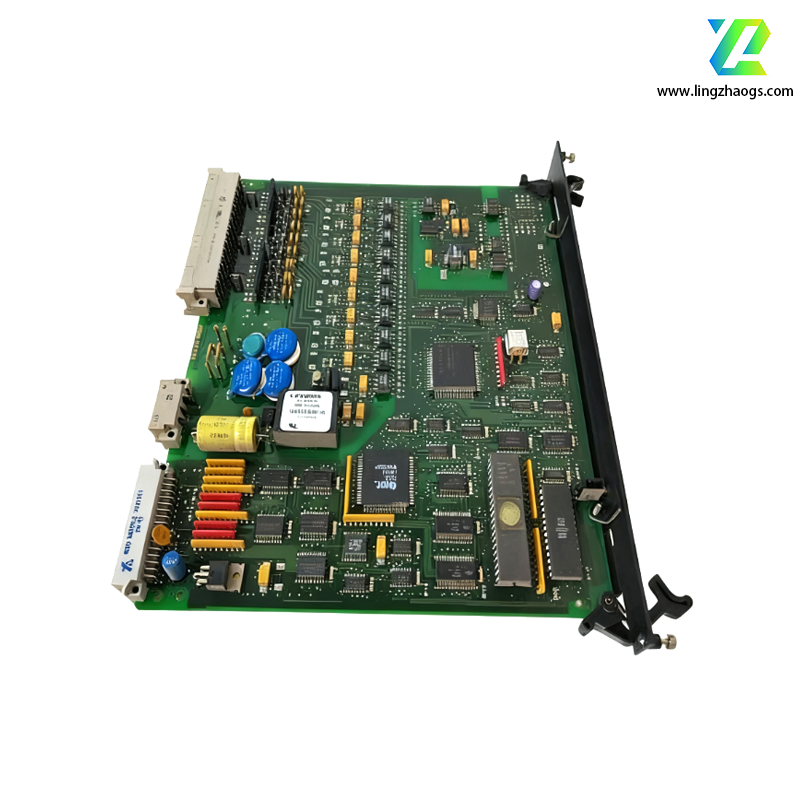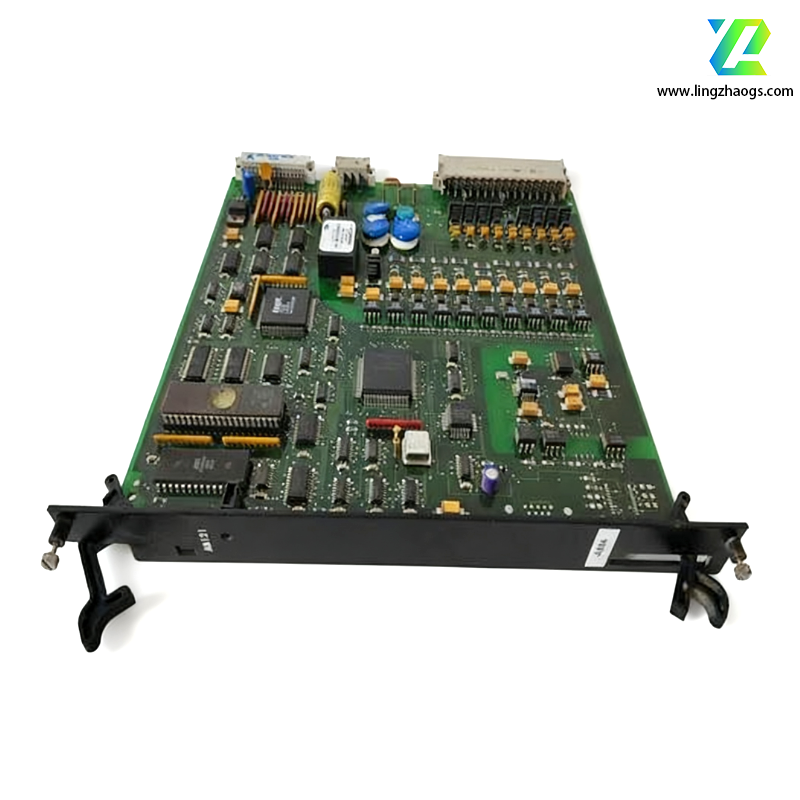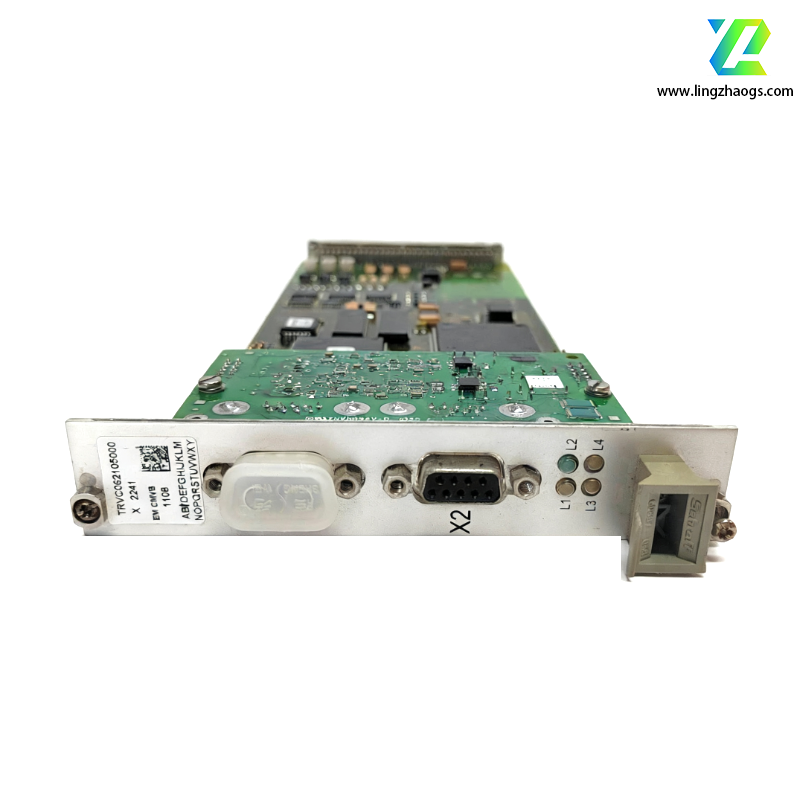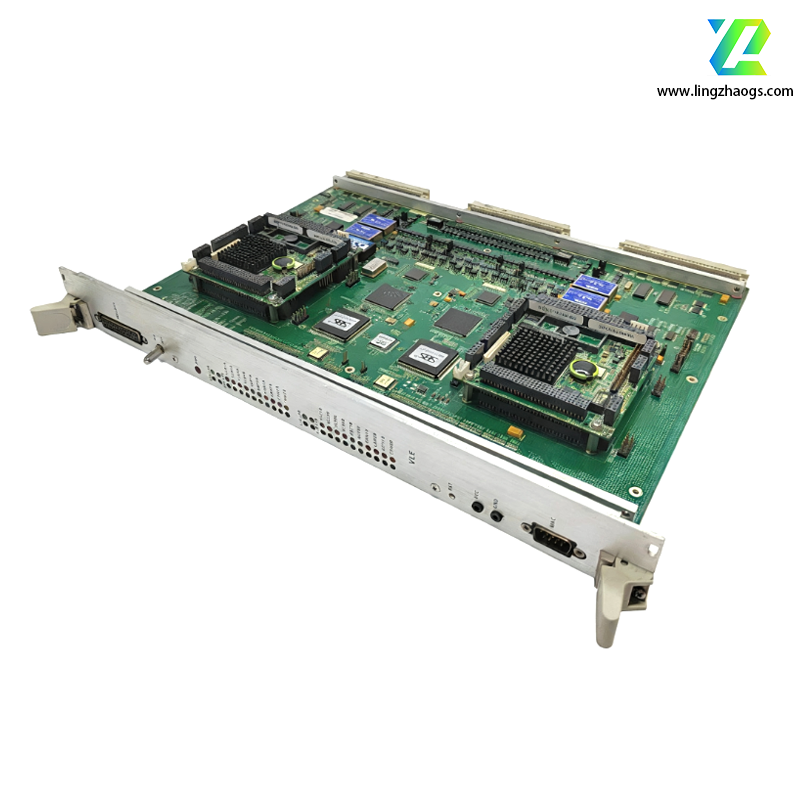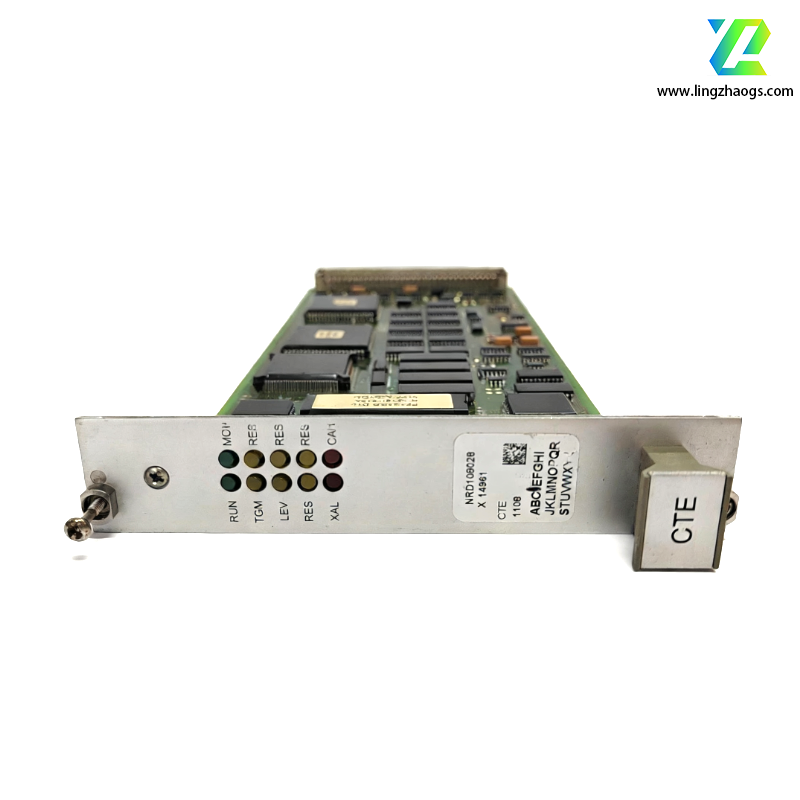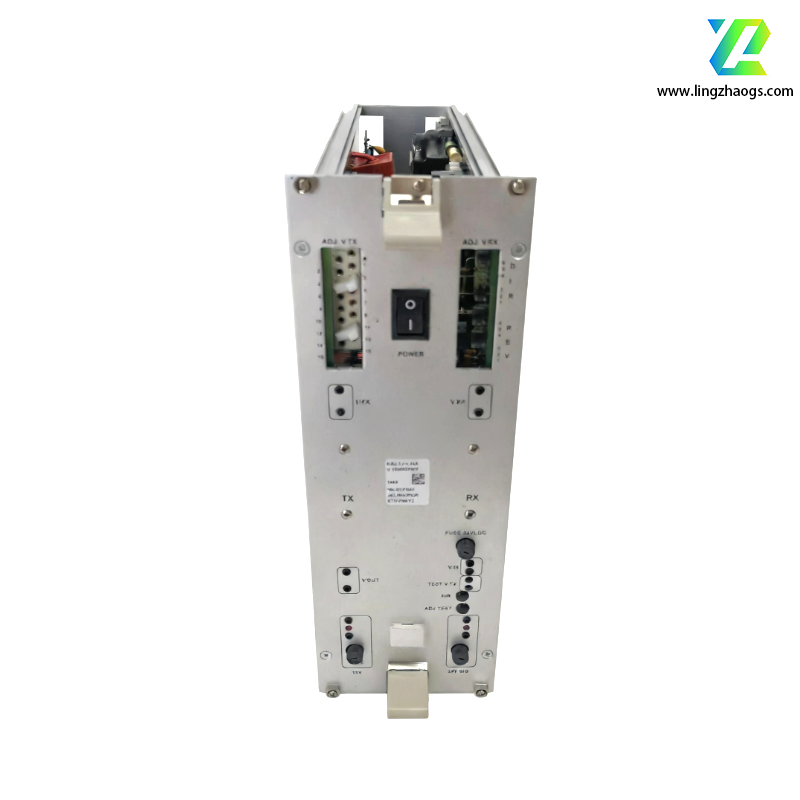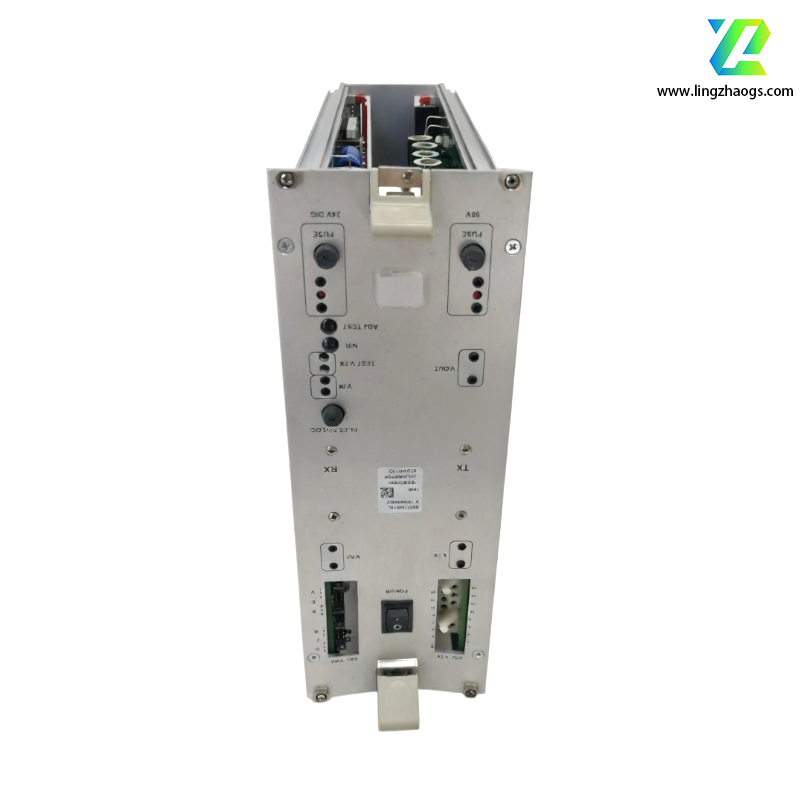ALSTOM AB121 is a high-performance industrial control module developed by ALSTOM (France). It is a core component of the Alstom Automation CPS-1 series control system, and some versions are also compatible with the Modicon M340 series platform. With high-precision control capabilities and industrial-grade reliability as its core advantages, this module is specifically designed for complex industrial environments. It can undertake multiple tasks such as signal processing, logical operations, and equipment control, and serves as a key hardware support for automation systems in fields like power, energy, and manufacturing.
- Multi-Mode Precision Control: It has two core control modes built-in—PID closed-loop control and ON/OFF switch control. These modes can be flexibly switched according to the needs of industrial scenarios, enabling high-precision adjustment of process parameters such as temperature, pressure, and flow rate.
- Full-Scenario Signal Interaction: Equipped with both digital and analog input/output channels, it can not only collect analog signals (e.g., temperature, liquid level) from on-site sensors and receive switching signals but also output control commands to actuators, realizing the complete connection of the control closed loop.
- Multi-Protocol Communication Interconnection: Natively supports mainstream industrial communication protocols such as Modbus RTU, and is equipped with RS-232, RS-485, and Ethernet interfaces. It can be seamlessly integrated into Distributed Control Systems (DCS) to achieve data interaction with controllers, HMIs, and other equipment.
- Intelligent Monitoring and Protection: Features real-time status monitoring to dynamically track operating parameters. At the same time, it integrates fault protection mechanisms such as overcurrent and short circuit protection. When an abnormality is detected, it can quickly respond and cut off the risk circuit to ensure system safety.
- Industrial-Grade Reliability Design: Adopts a reinforced structure resistant to vibration and electromagnetic interference. The selected components comply with strict industrial standards, enabling stable operation in a wide temperature range of -40℃ to +40℃, and adapting to complex working conditions with high temperatures, heavy dust, and strong interference.
- High-Performance Processing Capacity: Equipped with a 32-bit RISC processor and large-capacity memory, it has fast data processing speed, supports complex control logic operations and real-time data storage, and meets the requirements of high dynamic response scenarios.
- Modular Expansion Compatibility: Adopts a standardized modular structure with a compact size (211×168×43 mm) and a weight of only about 1.5 kg. It can be directly integrated into industrial control cabinets and supports function expansion and customization to meet the configuration needs of different systems.
- User-Friendly Operation and Maintenance Design: Equipped with a visual operation interface and online debugging function, it supports convenient operation of parameter configuration and fault diagnosis, significantly reducing the operation difficulty and troubleshooting time for maintenance personnel.
- Power and Energy Industry: As a core component of gas turbine and steam turbine control systems, it is widely used in thermal power plants, distributed energy systems, and substations, undertaking the tasks of operating status monitoring and process parameter adjustment.
- Heavy Industry and Manufacturing: Suitable for production lines in metallurgy, chemical engineering, and machinery manufacturing. It is used to control key equipment such as reactors, conveyor belts, and precision processing machines, ensuring stable and efficient operation of the production process.
- Infrastructure and Public Utilities: Applied in water treatment plants (for controlling water supply and sewage treatment processes) and intelligent building systems (for regulating air conditioning, ventilation, and power distribution), helping to improve the automation level and energy efficiency of infrastructure.
In a 600MW thermal power plant using the Alstom CPS-1 control system, the ALSTOM AB121 module is integrated into the turbine control cabinet. It collects real-time data (such as steam pressure, temperature, and turbine speed) from on-site sensors through analog input channels, and uses the built-in PID control algorithm to adjust the opening of the steam valve in real time. At the same time, it transmits operating data to the central DCS through the Ethernet interface, enabling the monitoring center to track the turbine’s operating status. When an abnormal speed fluctuation is detected, the module quickly triggers the overspeed protection mechanism, cuts off the steam supply, and avoids equipment damage—effectively ensuring the safe and stable operation of the power generation unit.
- Guaranteed Control Precision: The dual control modes (PID + ON/OFF) and high-speed data processing capability ensure that process parameters are controlled within the set range, reducing product quality fluctuations caused by parameter deviations in industrial production.
- Enhanced System Stability: The industrial-grade anti-interference design and multi-level fault protection mechanism minimize the risk of system downtime due to environmental interference or equipment failure, improving the overall availability of the automation system.
- Reduced Operation and Maintenance Costs: The modular structure and user-friendly debugging function simplify the installation, replacement, and fault 排查 (troubleshooting) processes, shortening the maintenance cycle and reducing the labor cost of operation and maintenance.
- Strong Compatibility and Scalability: Compatibility with multiple control platforms (CPS-1, Modicon M340) and support for function expansion allow it to be reused in different projects, reducing the cost of hardware replacement during system upgrades.
- Confirm Compatibility in Advance: Before procurement, clarify the model of the matched control system (e.g., whether it is the CPS-1 series or Modicon M340 series) and the total load of the connected equipment to ensure that the module’s input/output capacity meets the actual application needs.
- Choose Formal Supply Channels: Purchase through authorized industrial spare parts suppliers or ALSTOM’s official cooperative channels. Confirm the product’s production batch, certification marks (such as CE, UL), and quality assurance documents to avoid buying counterfeit or substandard products.
- Strictly Abide by Installation Specifications: Install by professional technicians in accordance with ALSTOM’s official installation manual. Ensure correct wiring of input/output terminals (especially distinguishing between analog and digital channels) and avoid voltage mismatches or reverse polarity connections that may damage the module.
- Regular Maintenance and Calibration: During use, conduct regular inspection of the module’s operating status (such as checking the indicator light status and interface connection tightness) and calibrate the PID parameters and signal acquisition accuracy annually to maintain the module’s stable performance.
